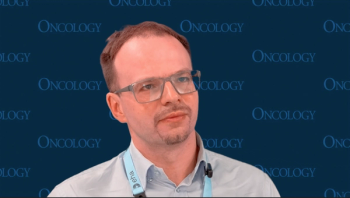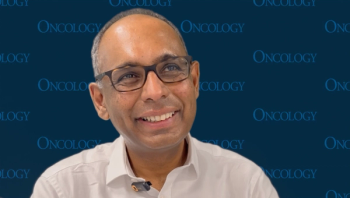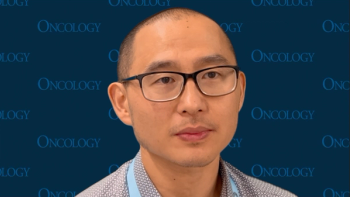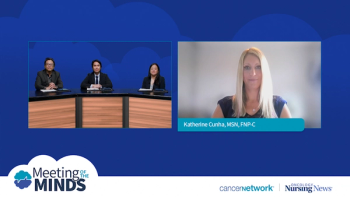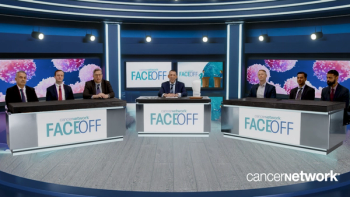Managing Ocular Side Effects of ADCs
ADC therapy often leads to ocular side effects, requiring proactive management. A typical patient scenario involved mild vision issues that escalated to moderate keratopathy. Regular ophthalmologic monitoring and timely intervention allowed continuation of treatment at a reduced dose while maintaining visual function.
Standard care includes a baseline eye exam, ongoing optometry visits, steroid and lubricating drops, and close coordination between oncology and eye care. Dose holds and reductions based on severity are effective in reversing toxicity while maintaining disease control.
This case illustrates that with proper planning, patients can stay on effective therapy despite complications. Collaborative care between oncologists and eye specialists ensures that ocular side effects are addressed early, allowing treatment continuity and preserving quality of life.
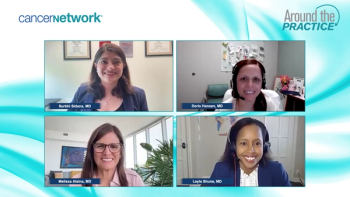


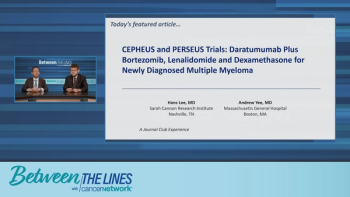
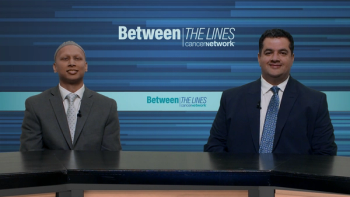

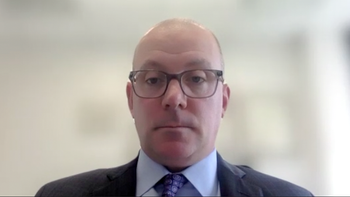
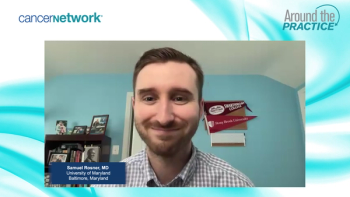
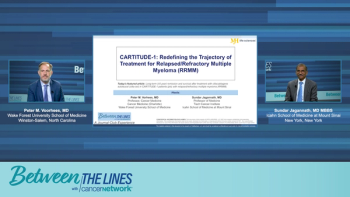
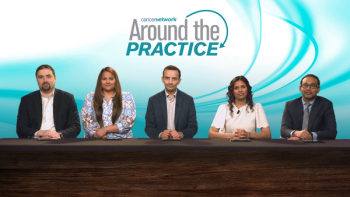

![“If you have a [patient in the] fourth or fifth line, [JNJ-5322] could be a valid drug of choice,” said Rakesh Popat, BSc, MBBS, MRCP, FRCPath, PhD.](https://cdn.sanity.io/images/0vv8moc6/cancernetwork/267879fc15a40ec8d3ed04d8ee9c1f044b49ee89-2990x1692.png?w=350&fit=crop&auto=format)
